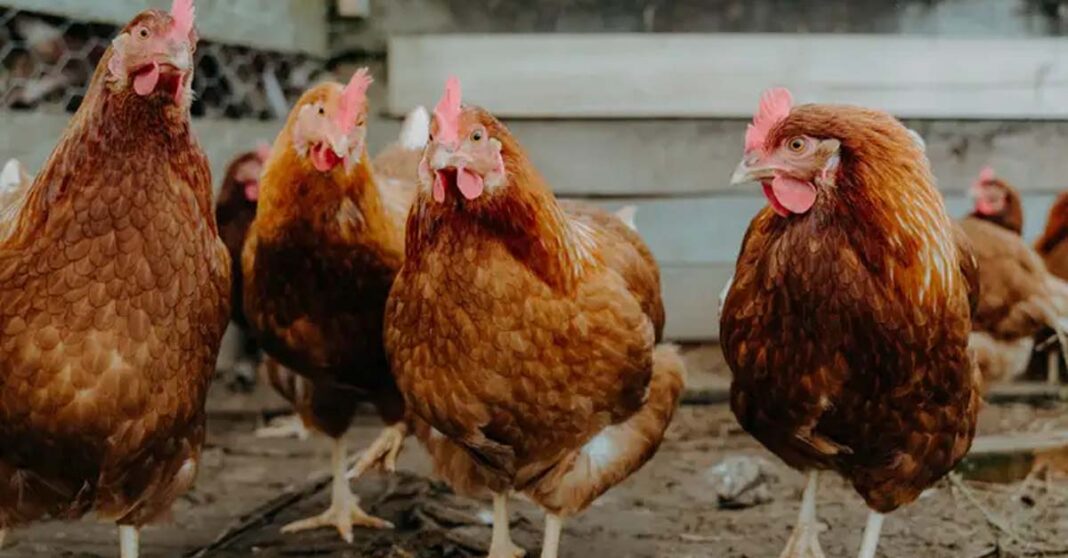The Laotian Times spoke with an official from the Lao Farmer Network regarding a poultry disease that has been killing many chickens lately as discussed by several residents in Laos on social media.
Many Lao residents including foreigners living in Laos recently took to social media to state that many of their chickens started dying due to an unknown ailment. It started with the death of one chicken that eventually claimed the lives of others as well.
According to a Lao Farmer Network representative, late winter is a time when poultry sickness is the most rampant.
“This is one of the times when the bodies of chickens are at their weakest. It is when they are most exposed to major poultry diseases in Laos, such as Fowl cholera and Newcastle disease,” he explained.
“Chickens are most vulnerable during weather changes. When one chicken in a group dies, others tend to die soon after as these diseases are extremely contagious,” he added.
According to the official, the best way to protect chickens from contracting an illness is to vaccinate them at least every 5-6 months. Furthermore, chicken farmers should maintain a constant check on the health of their hens.
For example, during cold weather, the chickens should be kept in a warm environment; if they exhibit any indications of a disease, they should be treated immediately.
“Unlike Bird flu, Fowl cholera and Newcastle disease do not present critical harm to humans, although they are capable of killing more poultry at once,” he added.
The official went on to say that diseased chickens should not be eaten. Even if some poultry diseases are not dangerous for people, they are contagious. Infected chickens should be buried with lime powder to prevent the spread of the disease.
Fowl cholera is considered to be an overcrowding disease disseminated through contact between healthy and unwell birds in an environment infected with Pasteurella germs.
Newcastle disease, on the other hand, is a highly contagious viral disease that affects birds. Fowls, turkeys, geese, ducks, pheasants, partridges, guinea fowl, and other wild and captive birds, including ratites such as ostriches, emus, and rhea, can be afflicted by this disease.



